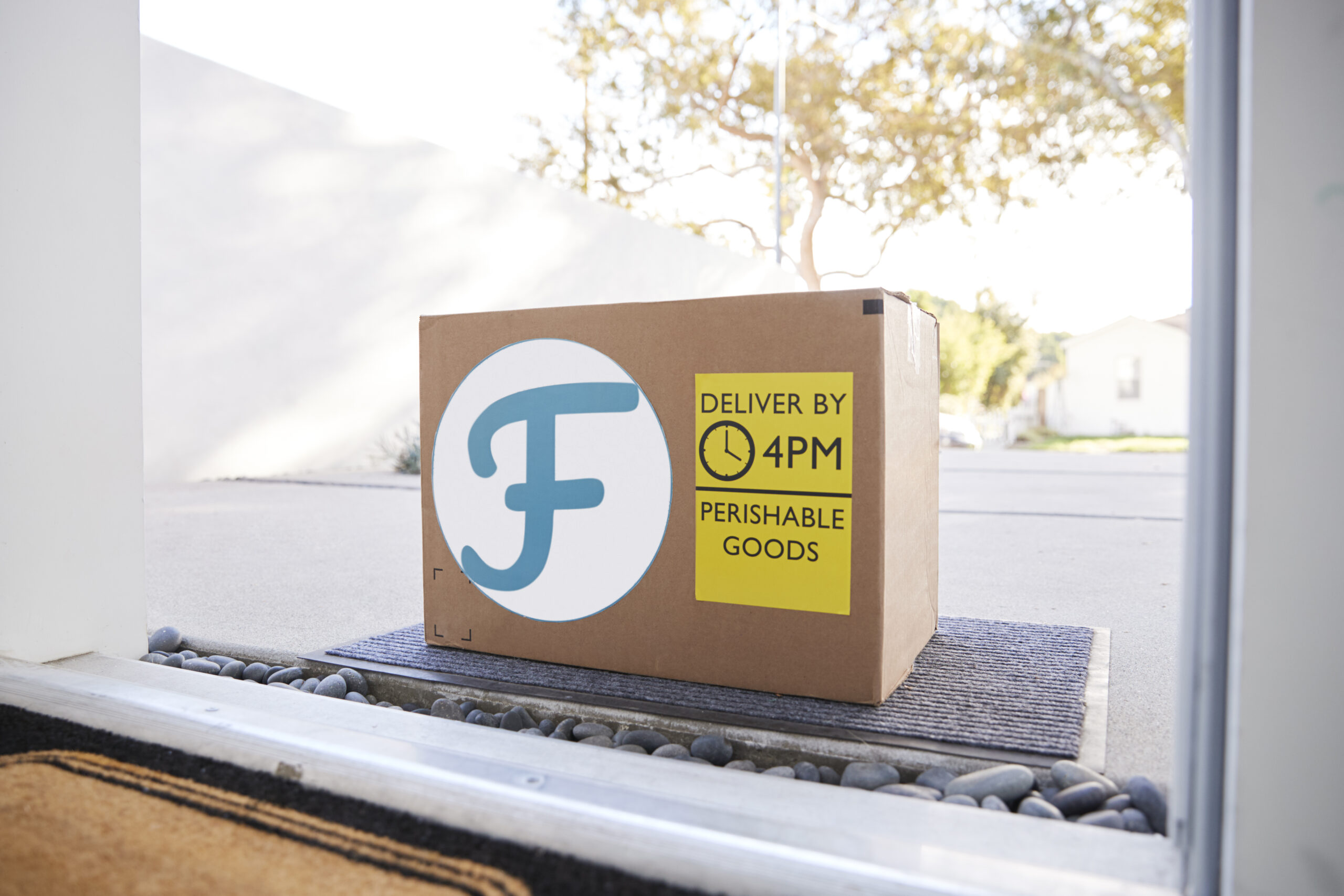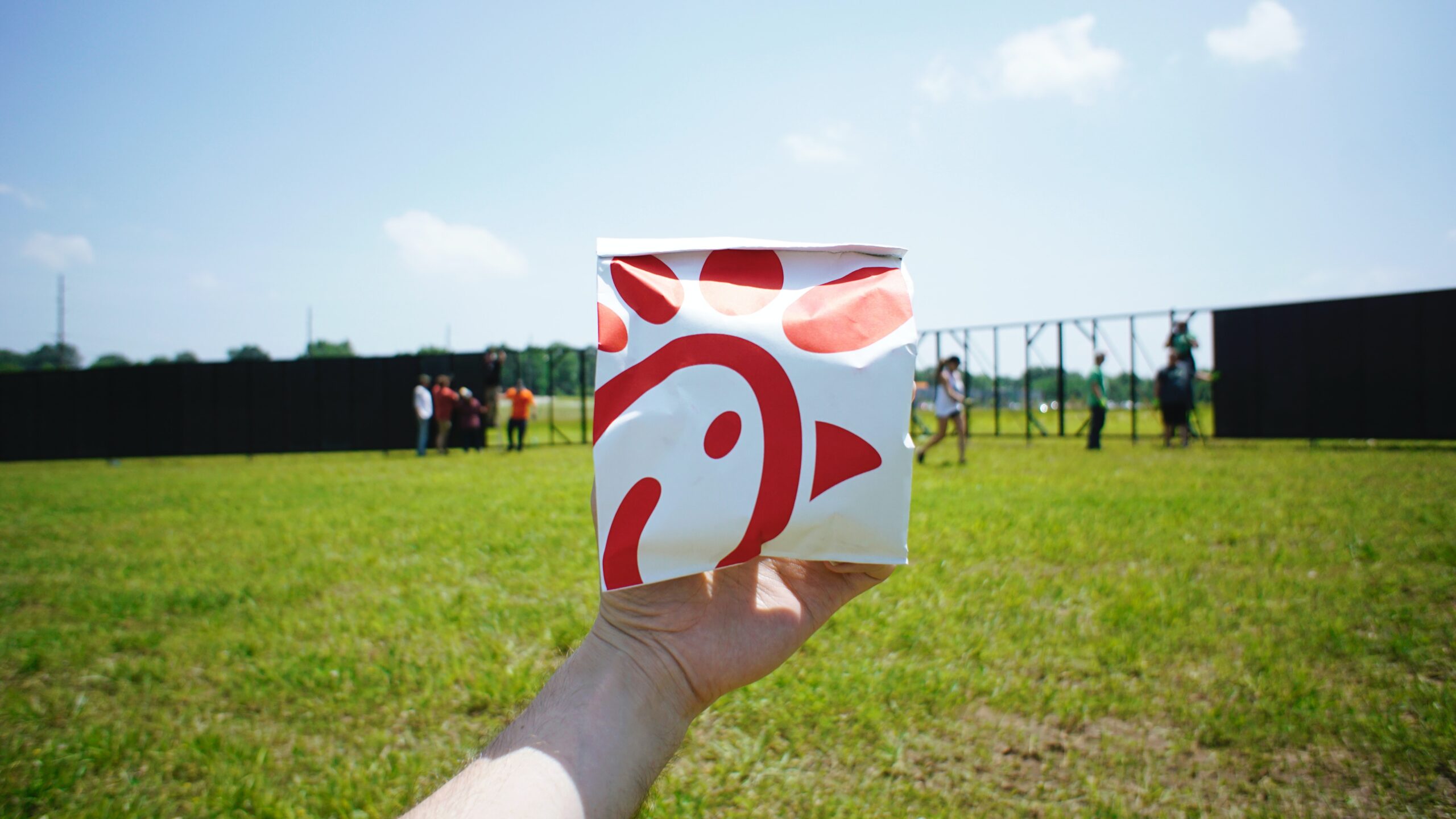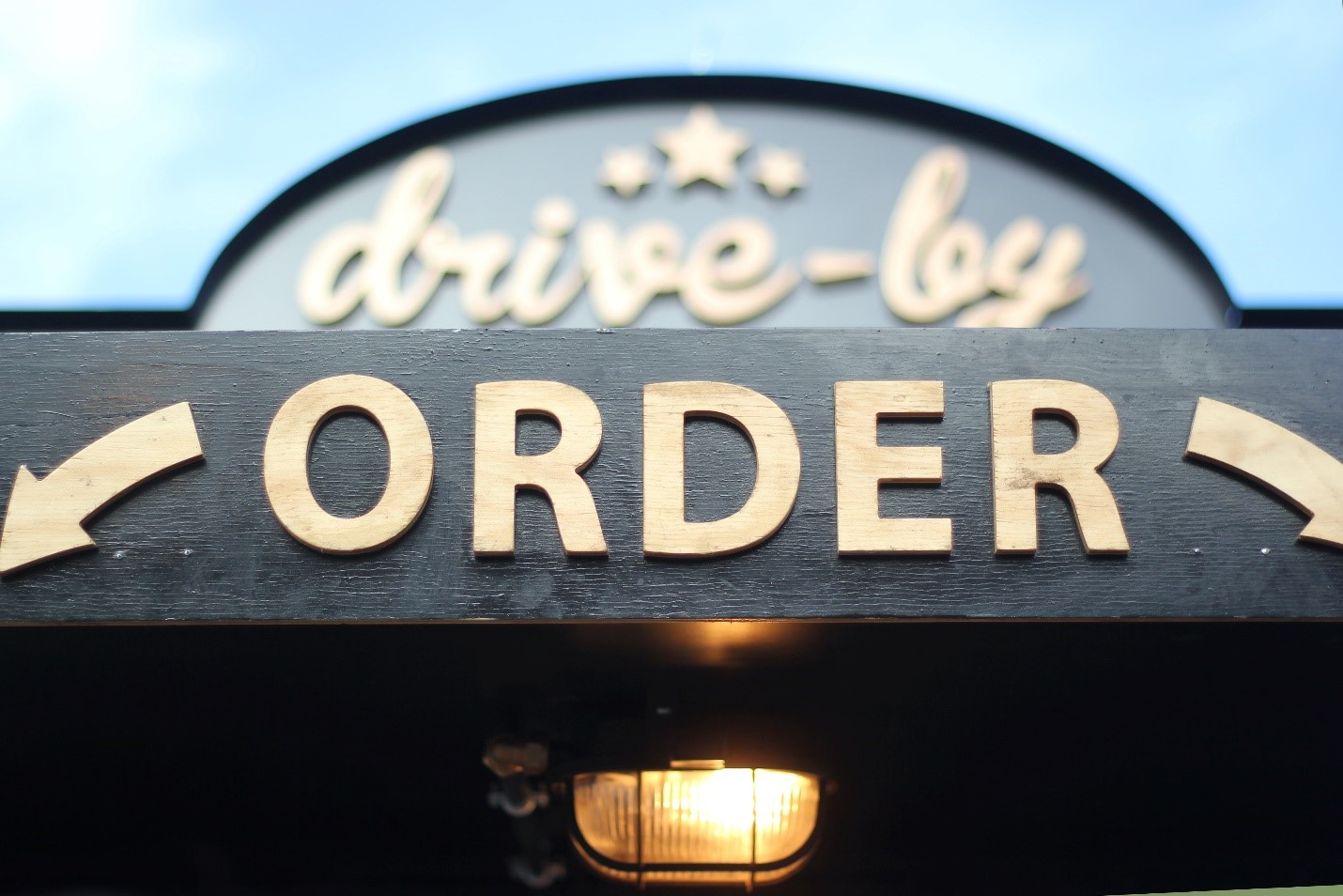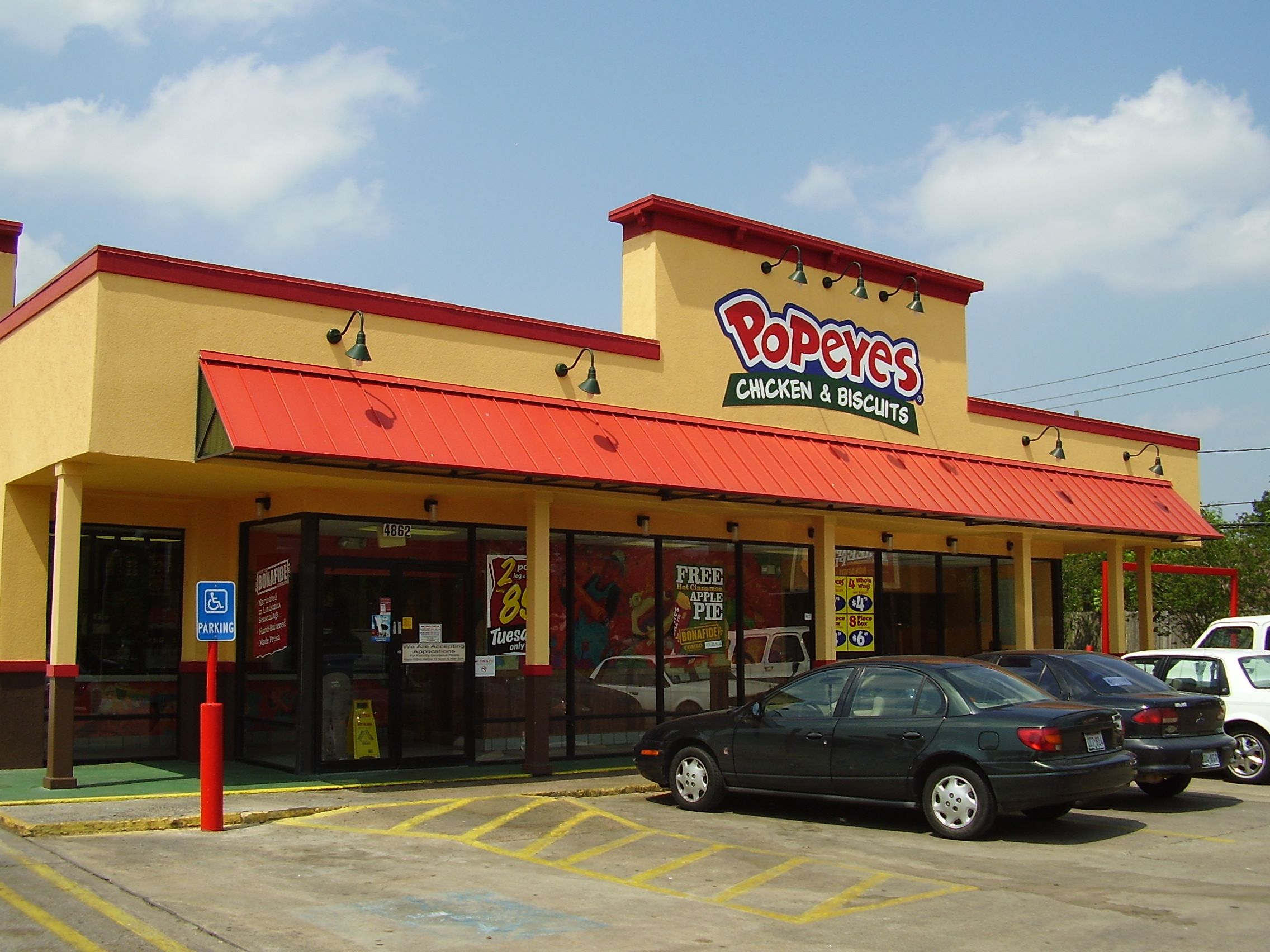Fast food brands, such as Burger King, Tim Hortons and Popeyes, are planning on modernizing the drive-thru experience in more than 10,000 North American restaurants by 2022.
The new technology will provide consumers with powerful predictive selling technology, integration with loyalty programs and contactless payment to support a more modern and efficient guest experience.
“Our guests have sought out our drive-thru lanes for our iconic food and beverages throughout the COVID-19 pandemic – even in the face of mandated dining room closures around the world,” said Jose Cil, CEO of Restaurant Brands International (RBI), the company that owns Burger King, Tim Hortons and Popeyes, in a statement.
One of the features that these fast food chains hope to implement by 2022 is predictive selling technology. This means that technology designed by RBI’s Guest Intelligence will show special promotions directed and tailored to customers, based on previous orders, regional weather patterns, time of day and other external factors. The technology will also learn from various ordering habits by also showing the latest trends and most ordered items by location.
Next, the companies will adopt a menu board that will integrate loyalty programs. The customized menu options will be based on the customer’s favorite purchases and redemption history. This is currently being tested in 30 locations in Canada with the Tims Rewards loyalty program. Drive-thru menu boards have been designed to integrate the loyalty program by either scanning, Bluetooth, or near-field communication.
COVID-19 has made contactless and remote payment the new norm. Now, these new drive-thrus are adding an immediate contactless payment to speed up lanes, but also to simplify the process for consumers. Furthermore, due to extreme weather changes in North America, the device is designed to withstand extreme heat or cold climate changes. The screens are 46 inches wide and are powered by Stratacache Media engines.
As of September, digital drive-thru menu boards were installed in 800 Tim Horton’s locations, 1,500 Burger King locations and Popeyes is going to begin the installation process later this year in the US and Canada.
“We have been on an exciting digital journey to become a leader in our industry,” said Josh Kobza, RBI’s chief operating officer, in the same statement. “We have attracted exceptional digital and technology talent to join our global team and our digital drive-thru menu board initiative is just one in a series of strategic projects that we are rolling out over the next year to strengthen our business model and improve the level of service we provide to our guests.”
About 57 percent of customers use the drive-thru option at hamburger fast food restaurants; 40 percent of consumers use the drive-thru at quick-service Mexican restaurants and 38 percent do the same at chicken fast-food restaurants.
Before COVID-19, quick-serve restaurants saw 60 to 70 percent of their sales come through the restaurant’s drive-thru lanes. During the current pandemic, Wendy’s, for example, reported more than 90 percent of all sales were made through drive-thru services.
“We believe strongly that it is time to modernize our drive-thru lanes throughout the US and Canada to provide even better, quicker and contactless service for our guests. This includes presenting menu options on digital screens that are tailored for each guest, as well as integrating our loyalty program at the moment of ordering and providing remote, contactless payment to speed up our drive-thru lanes in the near future,” said Cil.












Join or login to leave a comment
JOIN LOGIN